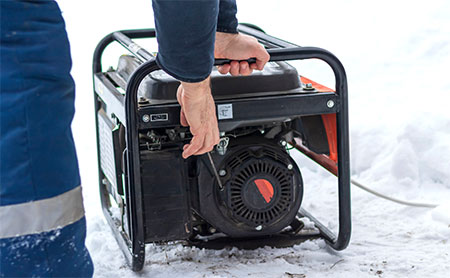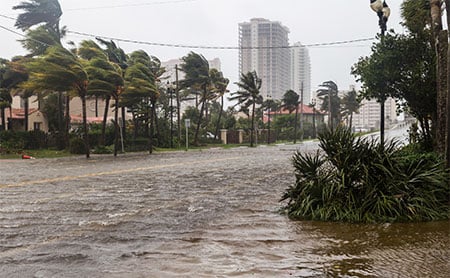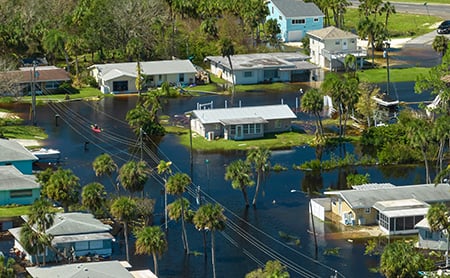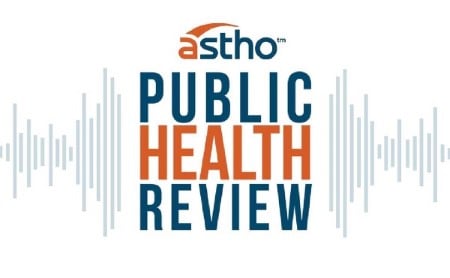One of the most fundamental aspects of environmental public health is maintaining high standards of quality and care for our food and water sources. Consumers rely on safe food at home and in the retail environment, so food safety inspections are key to ensuring adequate food safety. Partnerships between local and state health agencies, departments of agriculture, and federal food safety agencies create a framework for a safer food system.
Threats to drinking water as well as recreational water hazards come in many forms, with significant sources including per- and polyfluoroalkyl substances (PFAS), cyanobacteria, Legionella, and other waterborne contaminants. Strengthening wastewater surveillance programs and overall water infrastructure aids states in protecting the public from waterborne diseases.
Featured
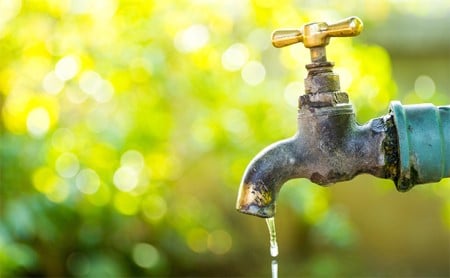
Going Beyond Regulatory Compliance for Lead Testing in Water
This report serves as a primer for state and territorial health agencies seeking to assess the public health impacts of lead exposure in drinking water. It also offers a public health perspective on current protocols for testing lead in drinking water.
Get the Report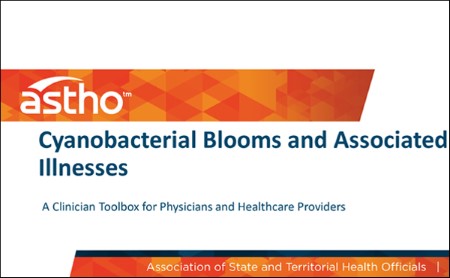
Cyanobacterial Blooms and Associated Illnesses: A Clinician Training Module for Physicians and Healthcare Providers
ASTHO has created a clinician toolbox for physicians and healthcare providers to help them better understand cyanobacterial blooms and associated illnesses.
Get the Presentation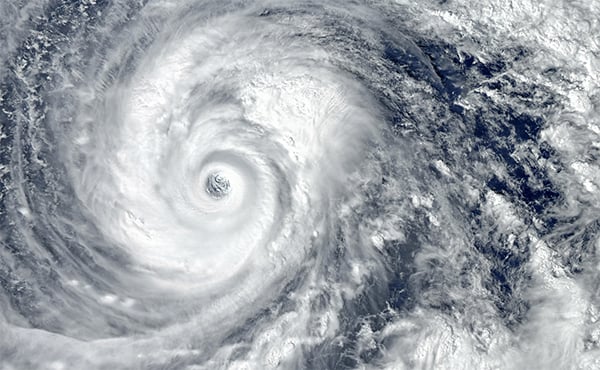
Lessons on State Resilience and Vulnerability to Complex Disasters
This report highlights lessons learned from two listening sessions on resilience and vulnerability to complex disasters or environmental events with multiple interacting impacts. It offers a path forward for states and co-regulators.
Get the Report
Legionella Communications Factsheet: A Guide for Health Agency Staff
This document contains information that state health agency staff can use when talking to building and facility personnel about Legionella and other opportunistic biofilm pathogens.
Get the Guide
State And Territorial Preparedness for Drinking Water Emergencies
This report summarizes recent findings and recommendations for enhancing state and territorial water preparedness and collaborative emergency response efforts.
Get the Report
Using Water Quality Monitoring Data for Your Building Water Management Program
This factsheet outlines how to monitor water quality in facilities to prevent the growth of Legionella and other opportunistic pathogens. It discusses important basic water quality monitoring parameters, including temperature, pH, turbidity, and disinfectant residual.
Get the FactsheetLatest Food and Water Safety Resources


Building Public Health Leaders: Voices from Public Health AmeriCorps
Learn More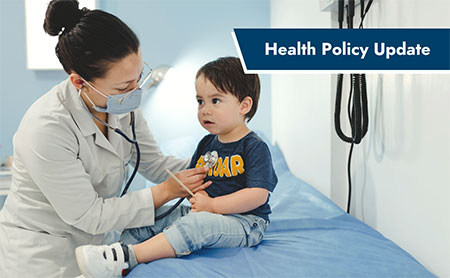
Lead, Food Safety, and Public Health’s Power and Responsibility to the People
Learn More